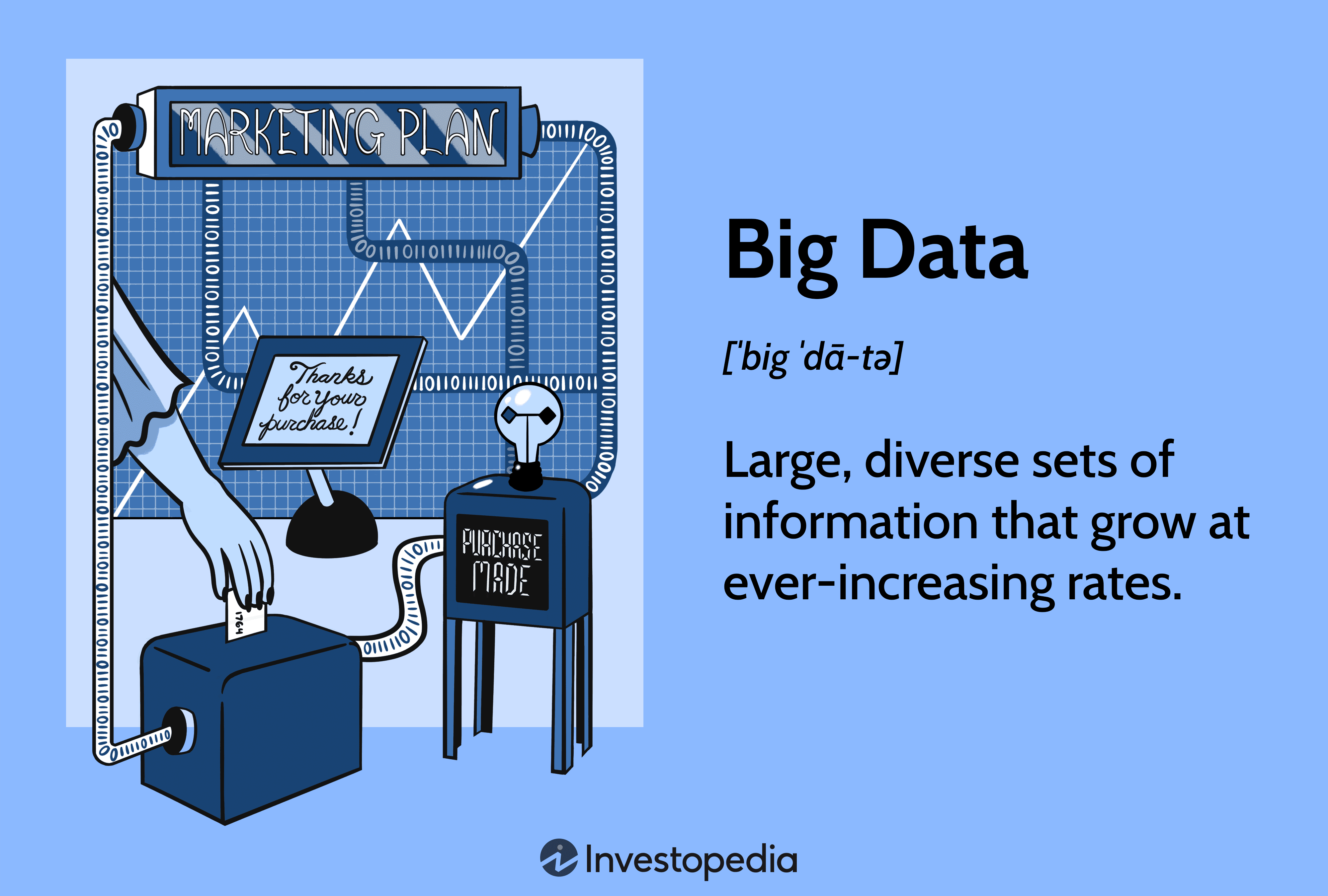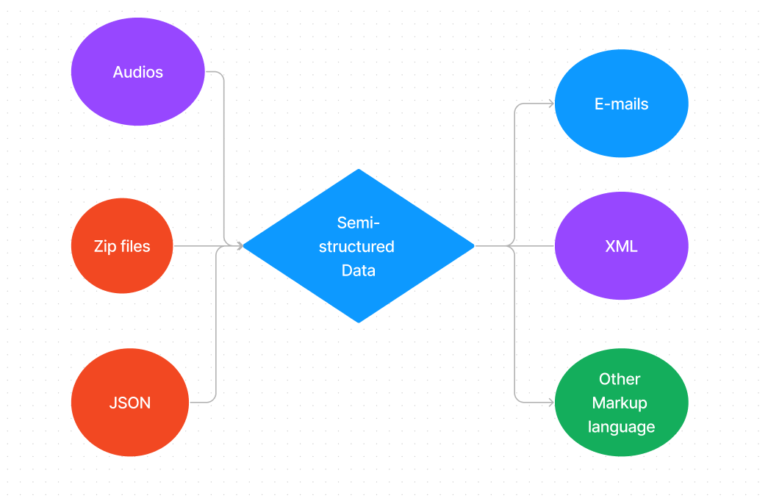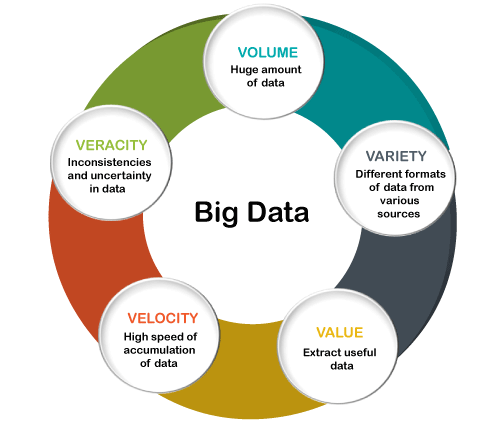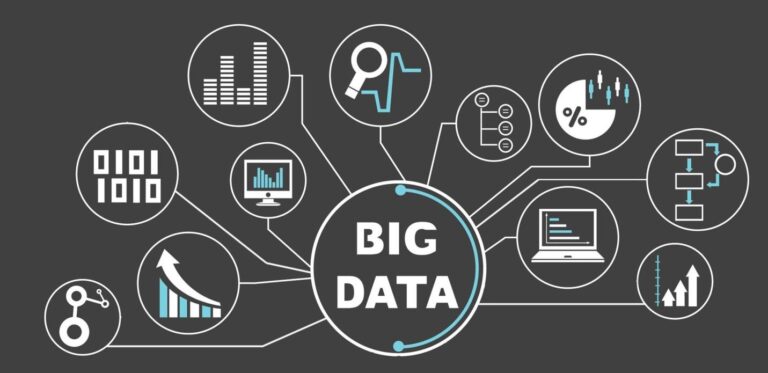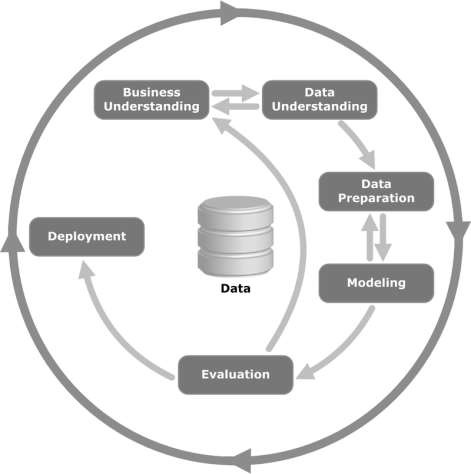What Is Called Big Data?
Big Data is a term used to describe the large volume of data that is generated by businesses and organizations in today’s digital world. It is a term used to describe the exponential growth and availability of data in the form of structured, unstructured, and semi-structured data. It is a term used to describe the challenges associated with managing and understanding the vast amounts of data being generated. Big Data can be used to gain insights into customer behavior, market trends, and product performance. Big data analytics can help organizations make better decisions, optimize operations, reduce costs, and create new products and services.
Definition of Big Data
Big Data is the term used to describe the collection, storage, and analysis of vast amounts of data. It is a term used to describe datasets that are so large and complex that they cannot be processed or analyzed using traditional computing methods. Big Data technologies enable businesses to analyze and extract meaningful insights from large datasets that would otherwise be too costly or time-consuming to process. Big Data can be structured, semi-structured, or unstructured, and is used by organizations across a wide variety of industries to identify trends and make better decisions. It has become an invaluable tool for improving customer experience, optimizing operations, and developing new products and services.
Challenges of Big Data
Big Data has been a buzzword for some time now, but its challenges are often overlooked. In today’s world, data is generated from a variety of sources, such as sensors, digital media, and analytics. This data can be scattered across different platforms and formats, making it difficult to store and analyze. Big Data also poses a challenge for organizations due to its sheer size; it can be difficult to manage and process. Additionally, the complexity of Big Data requires specialized tools, which can be expensive and hard to come by. Finally, security is a major concern, as Big Data is often handled by third-party providers, and the data must be kept safe and secure. These are just a few of the challenges that organizations face when dealing with Big Data.
Benefits of Big Data
Big Data is revolutionizing the way businesses operate, allowing for the analysis of large amounts of data in order to gain meaningful insights. Big Data can provide organizations with powerful insights into customer behavior, sales trends, and market opportunities, enabling them to make data-driven decisions and increase profitability. Additionally, Big Data can help organizations identify cost-saving opportunities, improve operations, and increase customer satisfaction. By harnessing the power of Big Data, businesses can gain an edge over their competitors and better understand their customers. Big Data can offer a wealth of advantages, from cost savings and improved operations to increased customer satisfaction and competitive advantages. It is an invaluable tool for businesses looking to remain competitive and stay ahead of the curve in an ever-changing technological landscape.
Technologies and Tools Used in Big Data
Big data has revolutionized the way businesses operate and analyze information. With the help of technologies and tools, companies are able to capture, store, and analyze large amounts of data quickly and efficiently. Technologies like Hadoop, Apache Spark, and No SQL databases are used to store and process massive amounts of data, while data visualization tools like Tableau, Like, and Power BI help create insightful visualizations from the data. With these tools, businesses can make informed decisions, improve customer experience, and gain competitive advantages.
Examples of Big Data Applications
Big Data is a term used to describe the large amount of data that is generated and stored by organizations. It is a powerful tool that can be used to analyze and interpret data to gain insights and make better decisions. Examples of Big Data applications include predictive analytics, machine learning, natural language processing, image recognition, sentiment analysis, and many more. Big Data can be used to improve customer service, optimize business processes, improve marketing campaigns, and even detect fraud. By utilizing Big Data, businesses can gain valuable insights to make smarter decisions and gain a competitive edge.
Security Considerations of Big Data
Big data has huge potential to revolutionize the way we process and analyze data, but it also presents unique security challenges. As the amount of data collected, stored, and shared increases, so do the risks associated with it. Security considerations of big data include potential vulnerabilities created by large datasets, lack of access control, data integrity issues, privacy concerns, and more. Security measures must be taken to ensure that data is secure and that unauthorized access to data is prevented. These measures include authentication and authorization controls, data encryption, data masking, and access control. Additionally, data should be monitored for potential malicious activity, and organizations should have policies and procedures in place to protect sensitive data. By understanding the security considerations associated with big data, organizations can ensure their data is secure and better protect themselves and their customers.
FAQs About the What Is Called Big Data?
Q1: What is Big Data?
A1: Big Data is the term used to describe the large and complex datasets that are collected, managed, and analyzed to uncover valuable insights and patterns. This data can come from a variety of sources, such as social media, web logs, click streams, and more.
Q2: What are the benefits of using Big Data?
A2: By using Big Data, businesses can gain valuable insights into their customers, operations, and market trends. This helps them make better decisions, optimize processes, and improve customer experiences.
Q3: What tools are used to analyze Big Data?
A3: There are a number of tools available for analyzing Big Data, such as Hadoop, Apache Spark, and Apache Flin. Each of these tools provides different capabilities for analyzing large datasets, so it’s important to choose the right tool for the job.
Conclusion
Big data is a term used to describe a collection of data sets that are so large or complex that traditional data processing techniques are no longer able to process them. Big data is being used in a variety of industries to gain insights into their customers, gain a competitive edge in the market, and improve the overall efficiency of their operations. As the world continues to generate more and more data, the importance of big data will continue to grow, and it is likely to become an integral aspect of any successful business.
